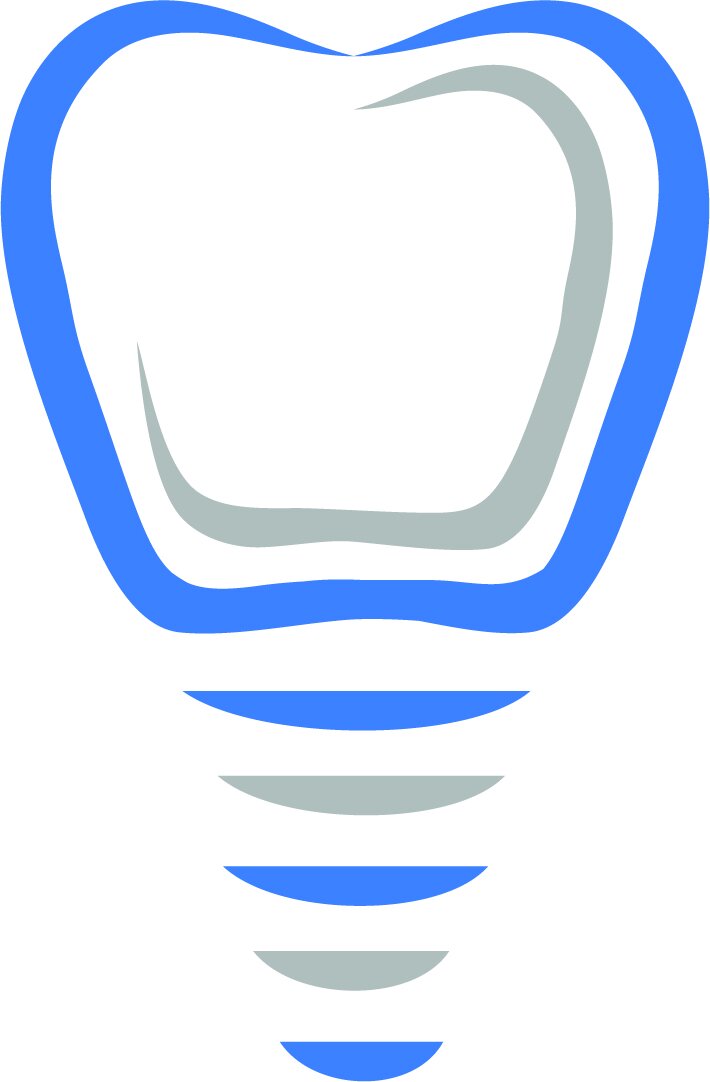Dental Implants
Forefront Dentistry, Tulsa OK
Dental implants are an outstanding option for tooth replacement that help numerous patients each year regain chewing function and confidence in their smiles. Of all the tooth replacement options available, dental implants look, feel, and function the most like natural teeth. To be an implant candidate, however, one must have the necessary bone to support a dental implant. When a tooth must be extracted, it is important for the patient and doctor to partner together and determine a plan of action. When a patient decides to pursue a dental implant, bone grafting at the time of extraction is extremely important and is considered the standard of care. Once the bone graft has healed, a 3-D image will be obtained to take measurements of the newly regenerated bony ridge and to map out any important anatomy to ensure patient safety during the implant placement. In general, a minimum of four months is required for the regenerated bone to be ready for a dental implant placement.
The term “dental implant” refers to the threaded fixture that is placed into the bone once the bone graft site has healed. Dental implants are made of titanium, which is a biocompatible material that has the ability to integrate and heal to bone. The dental implant itself takes the place of a tooth root. The abutment is the supportive piece in the middle that shapes the gum profile and connects the implant itself to the implant crown. Supported by the abutment, the implant crown is the visible portion above the gums that looks and functions like a natural tooth. Once a dental implant is placed, 3 to 6 months of healing must take place before the restorative phase begins. Most scientific literature reports long-term dental implant success rates at or above 95%. In addition to being the most natural and pleasing tooth replacement option, dental implants have additional benefits. When a tooth is lost, the bone in that area shrinks since it is no longer supporting a tooth. Once placed in the bone, dental implants help to maintain that bone by preventing it from shrinking over time. Since neighboring teeth can also be damaged from post-extraction bone loss, they also benefit from the dental implant being present. Lastly, of all tooth replacement options, dental implants are the most kind to surrounding teeth. Unlike other dental treatments, dental implants require no prepping, alteration, or extra stress on surrounding teeth because they are truly a self-contained dental restoration.

